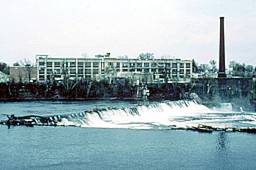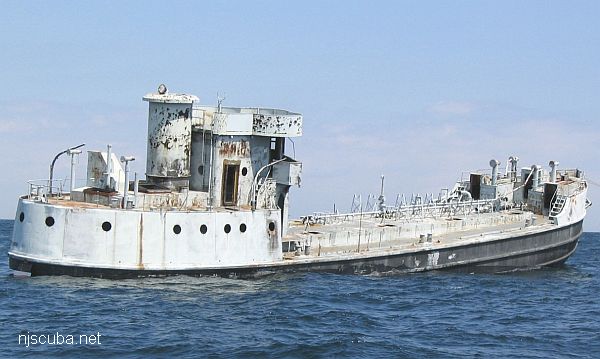Water Pollution (3/7)
PCBs

Polychlorinated biphenyl, or PCB, is the name for any of a group of organic compounds originally widely used in industrial processes but later found to be dangerous environmental pollutants. Polychlorinated biphenyl is a fat-soluble, water-insoluble hydrocarbon containing chlorine. It is extremely stable, withstanding temperatures of up to 1,600°F, is fire-resistant, and has been used as a heat-transfer and insulating fluid in cooling systems and electrical equipment; it has also been used in sealants, rubber, paints, plastics, printing ink, and insecticides.
Exposure to mixtures of these compounds can cause health problems, such as skin rashes and severe acne. Also, harmful effects to the nervous, immune, and reproductive systems have been reported, along with hepatotoxicity, endocrine and developmental effects, and even a probable source of carcinogens to the human body.
PCBs have entered the environment largely as a pollutant from equipment leaks, the weathering of many materials that contain PCB, and through interaction with food products. PCBs are not readily biodegradable. Production has been banned in several industrialized countries; the United States stopped producing PCBs in 1977.
PCB Contamination in the New York Bight

According to the EPA, between 1947 and 1977 General Electric discharged an estimated 1.3 million pounds of polychlorinated biphenyls (PCBs) into the Hudson River from electric transformer manufacturing plants at Hudson Falls and Fort Edward. Approximately 200,000 pounds of PCBs still remain concentrated in the 40-mile stretch of the upper Hudson and continue to migrate downriver, distributing throughout the basin, down to the tidal estuary at the mouth of the river.
Study finds little risk from PCBs
By John H. Cushman, Jr.
Copyright 1999 New York Times
March 10, 1999
WASHINGTON -- the largest ever study of occupational exposure to toxic PCB chemicals has found no significant increase in cancer deaths among workers who were exposed on the job. The study was financed by the General Electric Co., which faces potential liabilities of hundreds of millions of dollars for cleaning up waters that are contaminated by PCBs. It is being published on Wednesday in the Journal of Occupational and Environmental Medicine, a peer-reviewed journal.
The chemicals are complex mixtures that were widely used by industry as insulation in electrical capacitors and transformers from the 1930s to 1977, when their production was banned because of a suspected link to cancer. PCBs persist for decades in the environment and can be taken up by fish and other organisms. They are also suspected of causing other health problems. Even though the exposed workers in this study had high levels of the chemicals in their blood, their rate of cancer deaths was not high. Previous studies had found extra cancer deaths after PCB exposure. ( the study did not address non-cancer problems associated with PCBs. ) "This is the largest cohort of male and female workers exposed to PCBs, " the study says. "The lack of any significant elevations in the site-specific cancer mortality of the production workers adds important information about human health effects of PCBs."
The science of assessing the risks of PCBs and other toxic chemicals is among the trickiest tasks for regulators. This was not the first time that the cancer risks of PCBs, the focus of intense regulatory review over the years, have been played down by scientific studies. The Environmental Protection Agency has previously reduced the factors it uses to estimate PCB cancer risks. The study focused on more than 7,000 men and women who worked from 1946 to 1976 in two General Electric factories in upstate New York, following their medical histories for an average of 31 years and comparing the causes of death of the 1,195 who have died to national and regional averages. The study found that 353 workers died of cancer, while 400 people would be expected to die of cancer in a statistically similar sample.
The study's lead author was Dr. Renate Kimbrough, of the Institute for Evaluating Health Risks, a Washington-based nonprofit research organization. "The findings of this study are consistent with a belief that cancer risks from exposure to PCBs have been overstated, " said Dr. John A. Moore, president of the institute. He is a former official of the EPA and the National Institutes of Health. General Electric has fought a vigorous campaign to prevent the federal government from requiring it to dredge sediments in waters contaminated by PCBs. It has frequently cited scientific studies that it says show no link between exposure to the chemicals and cancer in humans.

